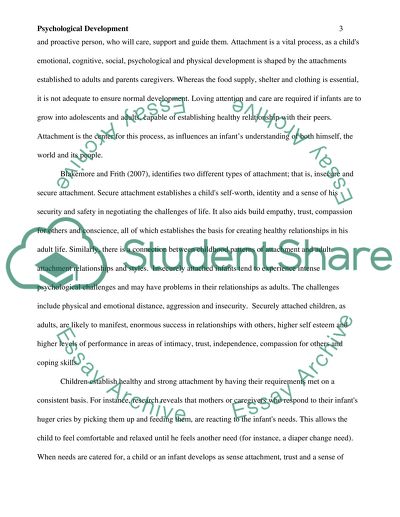Cite this document
(“The Significance of Attachment in Psychological Development Essay”, n.d.)
The Significance of Attachment in Psychological Development Essay. Retrieved from https://studentshare.org/psychology/1448368-significance-of-attachment-in-psychological
The Significance of Attachment in Psychological Development Essay. Retrieved from https://studentshare.org/psychology/1448368-significance-of-attachment-in-psychological
(The Significance of Attachment in Psychological Development Essay)
The Significance of Attachment in Psychological Development Essay. https://studentshare.org/psychology/1448368-significance-of-attachment-in-psychological.
The Significance of Attachment in Psychological Development Essay. https://studentshare.org/psychology/1448368-significance-of-attachment-in-psychological.
“The Significance of Attachment in Psychological Development Essay”, n.d. https://studentshare.org/psychology/1448368-significance-of-attachment-in-psychological.


